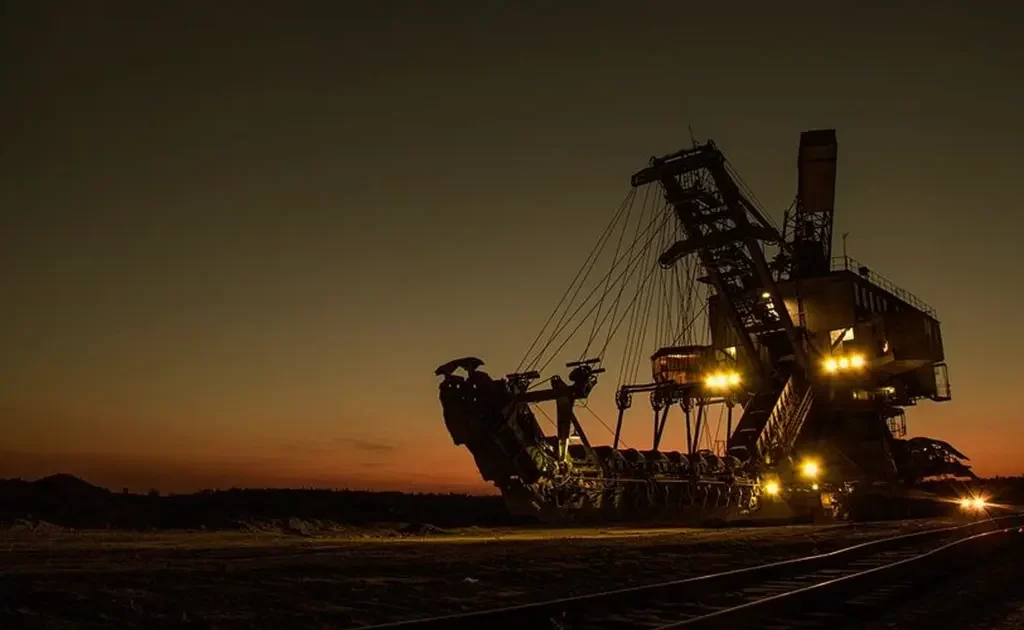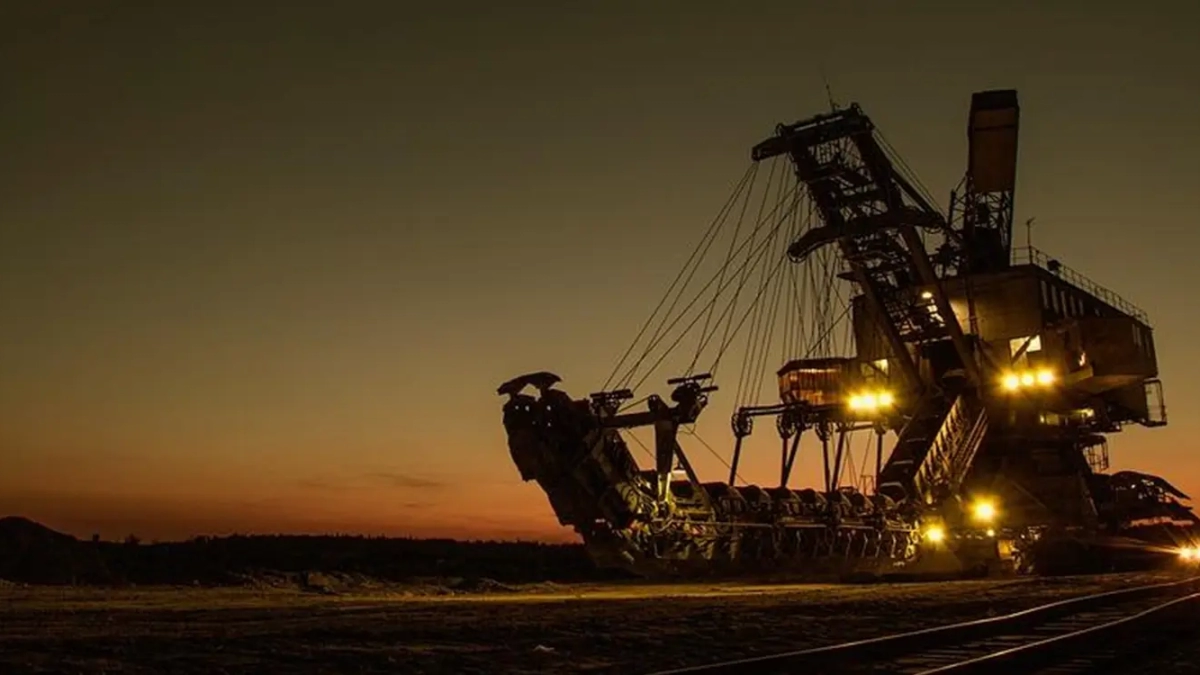The mining industry is anticipated to be among the main winners as the world embraces sustainable energy. Large amounts of metal are needed to produce, transmit, and store electricity gained through solar and wind energy.
A significant portion of the raw minerals used in the green energy trend, like cobalt and lithium, are currently supplied mainly through mining. These metals need to be mined on a much larger scale than they already are if climate commitments are to be maintained.
Metals and mining companies will face significant difficulties as a result of the energy shift, forcing them to rethink their growth strategy and innovate. This is where strategic sourcing is required. Here are some ways to improve the sustainability of your asset management portfolio.
Green Technology: An Introduction
Technology that reduces or undoes the consequences of the actions of humans on the environment is referred to as “green technology.” Green technology in mining relates to equipment that will lessen carbon emissions from operations and reduce adverse environmental effects. It entails the utilization of mineral and metal resources that facilitate the switch to low-carbon alternatives like solar or wind energy.

How Green Are the Metals and Mining Assessment Management Portfolios?
Non-renewable raw materials for green technology must be procured from primary or secondary natural sources. The goal is to create a completely circular economy where demand can be supplied through recycling and reusing.
The most significant contributor to global greenhouse gas emissions is the energy industry. As per data gathered by Oxford University’s Our World in Data, the energy industry is responsible for over 73% of the worldwide emissions of greenhouse gases. The energy sector’s three primary consumers are industry, transportation, and residential warming and lighting.
We must modify how we create, transport, and use energy to decrease greenhouse gas emissions. Nuclear power, solar energy, and wind farms must replace thermal power plants. To store electricity, thousands of industrial cells must be constructed. Electric alternatives should be used in place of boilers and gas warmers.
This new paradigm will necessitate tremendous quantities of material. This is so that renewable energy may generate the same amount of energy as fossil fuels without requiring as much metal. While implementing cutting-edge technologies, the mining industry should carefully evaluate emerging trends in cooperation and traceability.
Mining firms are being scrutinized closely. Customers are putting increased pressure on businesses to be sustainable along the entire supply chain, from when a resource or metal is discovered until it is used in the goods they buy.
Investors are adding green projects to their metals and mining asset portfolios. They are looking for companies that have a solid commitment to sustainable practices. This includes firms prioritizing reducing carbon footprint, conserving water resources, and minimizing waste. Companies prioritizing sustainable practices will likely have a lower environmental impact than those not.
Mining companies must also consider recycling and reusing minerals as it can reduce the demand for new mining and help minimize the environmental impact of mining operations. Firms focusing on recycling and reusing minerals will likely be more sustainable.
Final Thoughts
Green growth policies are essential for reducing the damaging effects of the mining sector on ecosystems and scenery, such as pollution, hazardous waste, and carbon emissions. They are also crucial to lowering the ecological footprint of these components throughout their existence, from extraction to finished use, supporting the viable expansion of the sector and creating new employment opportunities. Investors will add more green projects to their mining asset management portfolios, and mining companies must adopt sustainability principles to garner more investment.




